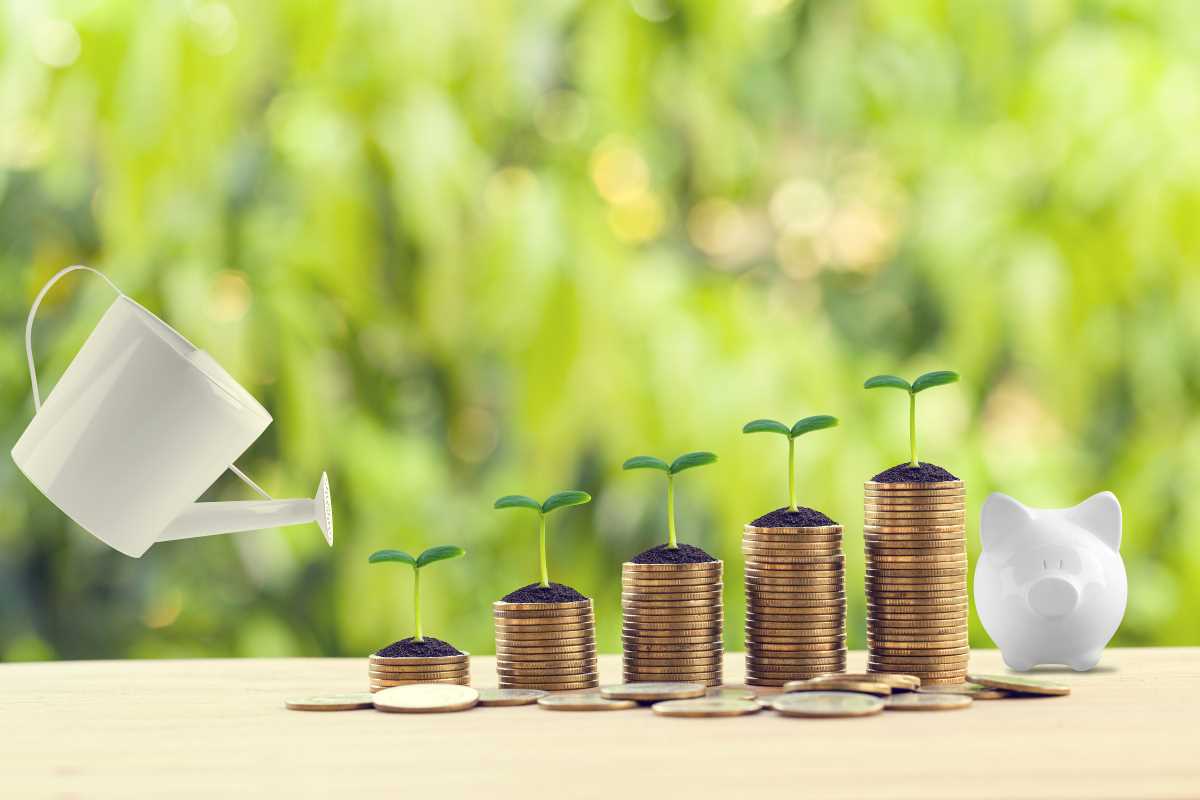Compound interest is often called “the eighth wonder of the world” because of its incredible ability to multiply wealth. You don’t need to be a math whiz or a financial expert to understand how it works. By the end of this article, you’ll know what makes compound interest so powerful and how you can use it to your advantage.
What Is Compound Interest?
At its core, compound interest means earning interest on both the money you originally saved (called the principal) and the interest your money has already earned. It’s like a snowball rolling downhill; the longer it rolls, the bigger it gets.
The Basics of Compound Interest
- Principal: The initial amount of money you deposit or invest.
- Interest Rate: The percentage of the principal that you earn over a set time period.
- Compounding Frequency: How often the interest is calculated and added back to the principal (daily, monthly, annually, etc.).
- Time: The length of time your money is invested or saved.
Here’s a simple formula to show how compound interest works:
A = P(1 + r/n)^(nt)
(But don’t worry—we’ll explain this without getting too technical!)
What it boils down to is this:
- P is your starting amount.
- r is the interest rate.
- n is how often your interest compounds per year (e.g., monthly = 12 times, yearly = 1 time).
- t is the number of years you leave it to grow.
- A is the final amount you’ll have.
The secret sauce to compound interest is time. The longer you leave your money, the more it grows, because the interest starts earning its own interest.
A Quick Example:
Imagine you deposit $1,000 into an account that earns 5% annual interest, compounded yearly. Here’s what your balance would look like over time:
- End of Year 1: $1,000 + $50 (5% of $1,000) = $1,050
- End of Year 2: $1,050 + $52.50 (5% of $1,050) = $1,102.50
- End of Year 3: $1,102.50 + $55.13 (5% of $1,102.50) = $1,157.63
Notice how each year, you’re earning interest not just on your original $1,000, but also on the interest you’ve already earned. This is the magic of compounding!
Why Is Compound Interest Powerful?
Compound interest builds momentum over time. The earlier you start saving or investing, the more powerful it becomes.
1. Time Does the Heavy Lifting
The more time your money has to grow, the bigger the compounding effect. Take two friends as an example:
- Sarah starts saving $100 a month at age 25 in an account that earns a 6% annual return. By age 65, she’ll have $199,149.
- Lucy starts saving the same $100 a month, but waits until age 35 to begin. By age 65, she’ll have only $101,073.
Sarah ends up with almost twice as much money as Lucy because she gave her funds more time to compound. Even though Lucy saved the same amount each month, she started 10 years later and missed out on years of growth.
2. Small Contributions Add Up
You don’t need a lot of money to harness the power of compound interest. Regular contributions, even if they’re small, can grow significantly over time. Investing $50 a month may not seem like much now, but if you stick with it, those monthly deposits can snowball into a substantial sum.
3. Compounding Works Everywhere
Compound interest doesn’t just apply to savings accounts. You can benefit from it in other ways:
- Investments: Stocks, bonds, and mutual funds reinvest earnings like dividends, helping your portfolio grow.
- Retirement Accounts: 401(k)s and IRAs grow tax-free or tax-deferred, making compounding even more effective.
- Education Saving Plans: College savings plans like 529 accounts work similarly to compound interest investments over time.
How to Make the Most of Compound Interest
To tap into the full power of compound interest, small actions today can lead to big results down the road. Here are a few simple strategies:
1. Start Early
Time is your best friend when it comes to compounding. Begin saving or investing as soon as you can to maximize growth potential. Even if it’s just a small amount, starting early gives your money the greatest head start.
2. Be Consistent
Regular, steady contributions feed the compounding cycle. Set up automatic transfers to your savings or investment account to ensure you’re consistently adding to your principal.
3. Reinvest Earnings
If your account gives you the option to either take the interest as cash or reinvest it, go for the reinvestment option. Adding your earnings back into the principal accelerates compounding.
4. Choose Accounts With High Interest or Returns
Not all accounts are created equal. Look for high-yield savings accounts, CDs, or investment options with solid historical returns. Even a small difference in interest rate can have a big impact over time.
5. Be Patient
Compound interest works best over the long term, so try not to dip into your savings or investment account unless it’s absolutely necessary. The longer you leave your money untouched, the bigger the results.
6. Minimize Fees
High fees can eat into your returns, slowing the compounding process. Opt for low-fee investment options or fee-free accounts to protect your growth.
A Word of Caution
While compound interest is an incredible tool for growing wealth, it can also work against you when it comes to debt. Credit cards and loans often charge high interest rates that compound regularly, which means you’re paying interest on interest. Whenever possible, pay off high-interest debt as quickly as you can to avoid the snowball effect in the opposite direction.







